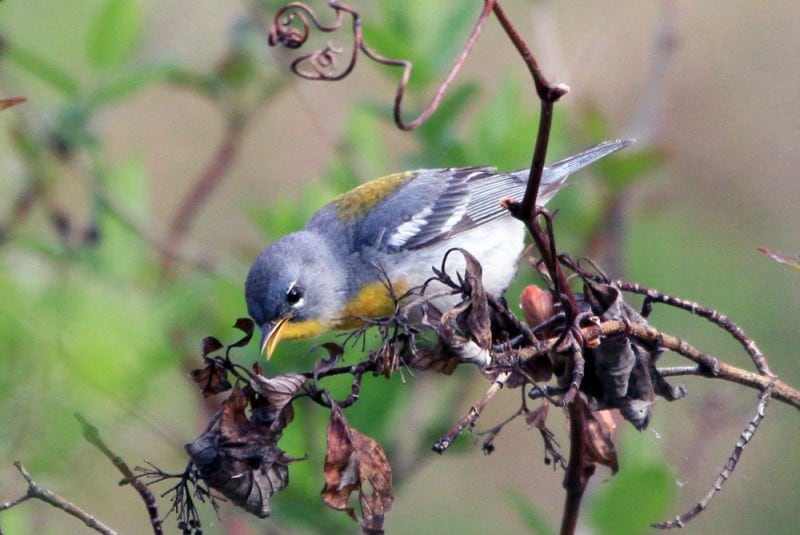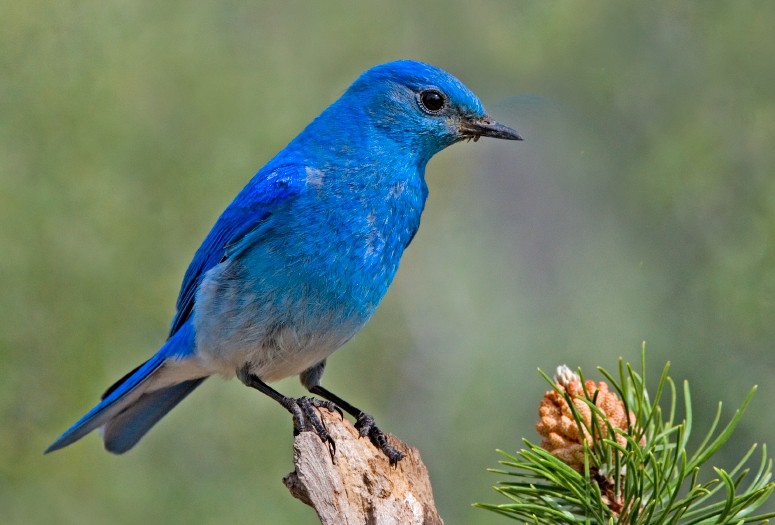Summer Birds of Louisiana (June, July, August)
Surely one of the high points of Louisiana bird watching involves the nesting of bottomland hardwood forest birds within any of the larger tracts across the state, such as Bayou D’arbonne and Tensas National Wildlife Refuges in northeastern Louisiana, to the Atchafalaya Basin in the south-central portion of the state, to the Barataria Unit of Jean Lafitte National Park below New Orleans in southeastern Louisiana, to mention a few.
Both the diversity and the density of nesting bottomland hardwood species can be quite impressive. Typical species include Mississippi kite (also, swallow-tailed kite within the Atchafalaya and Pearl River systems), broad-winged hawk, Acadian flycatcher, great-crested flycatcher, white-eyed vireo, yellow-throated vireo, red-eyed vireo, blue-gray gnatcatcher, wood thrush, prothonotary warbler, northern parula, Kentucky warbler, hooded warbler, Swainson’s warbler, American redstart, yellow-breasted chat, common yellowthroat, summer tanager, painted bunting, indigo bunting, and orchard oriole.
Early mornings (6:30 to 11:00) from mid-May through June are the best times to visit. By noon, the birds stop singing and the biting flies and mosquitoes are out in force. Regardless, long sleeves and insect repellent are suggested.
By July, post-breeding birds are dispersing all over the state. This is the time of year when wading bird species common only in Louisiana’s coastal zone, such as white-faced ibis and roseate spoonbill, can be found wandering into all corners of the state. July also signals the onset of fall migration in Louisiana, with the arrival of species like spotted sandpiper, pectoral sandpiper, yellow-bellied flycatcher, and Louisiana waterthrush, all of which are notoriously early migrants. By August, the migrant stream is considerably bolstered by the arrival of additional flycatcher species, especially olive-sided flycatcher and least flycatcher. Interestingly, at this time of year, these flycatchers are hunting not for insects but for fruits, especially those of prickly ash and rough-leaf dogwood, both of which can be found in good supply throughout the bottomland hardwood forests and coastal woodlands of the state.
Seed feeders should remain stocked for northern cardinal, house finch, and for those folks who live in near scrubby, open-canopied woodlands, indigo bunting and painted bunting. Red mulberry and black cherry provide fruit through June for nesting/fledging woodpeckers, summer tanagers, and orioles. For those fortunate enough to live in proximity to water (lakes, rivers, swamps, bayous.), both ruby-throated hummingbirds and prothonotary warblers will readily nest. Along with well-maintained nectar feeders, hummingbirds also need nectar plants scattered throughout the garden. The most dependable of these for Louisiana gardens include tropical sage, anise sage, flowering maple, cigar plants, shrimp plants, and lantanas.




